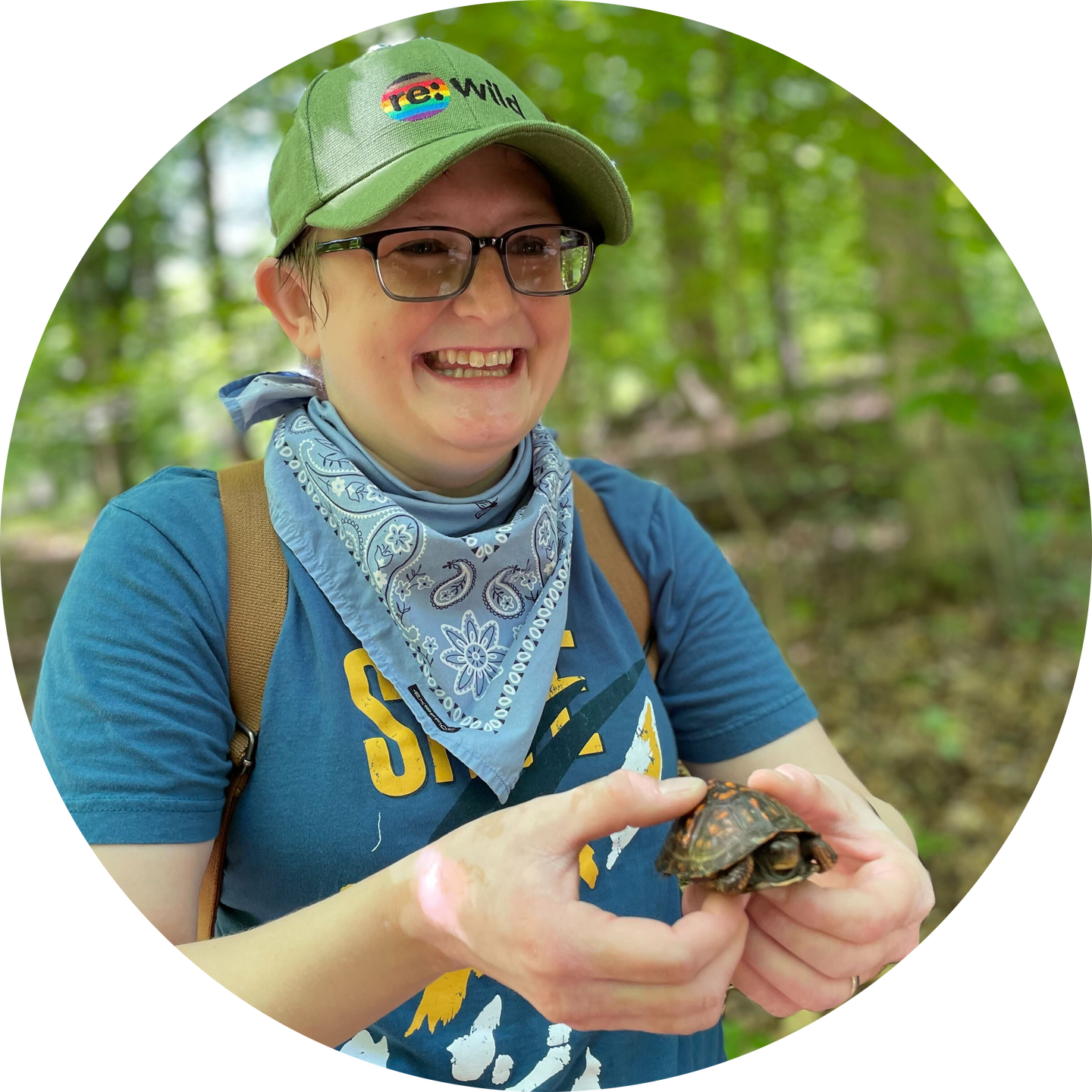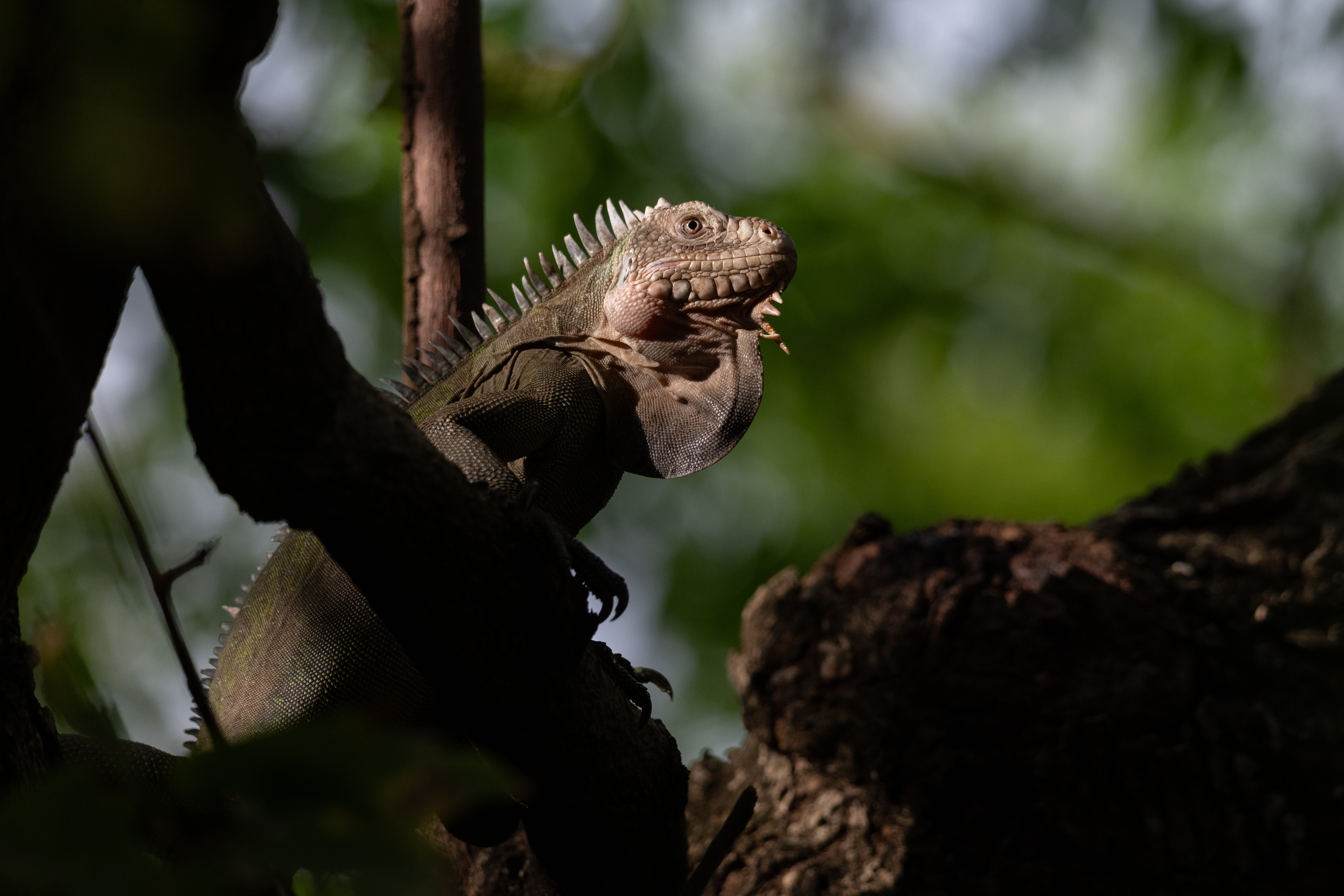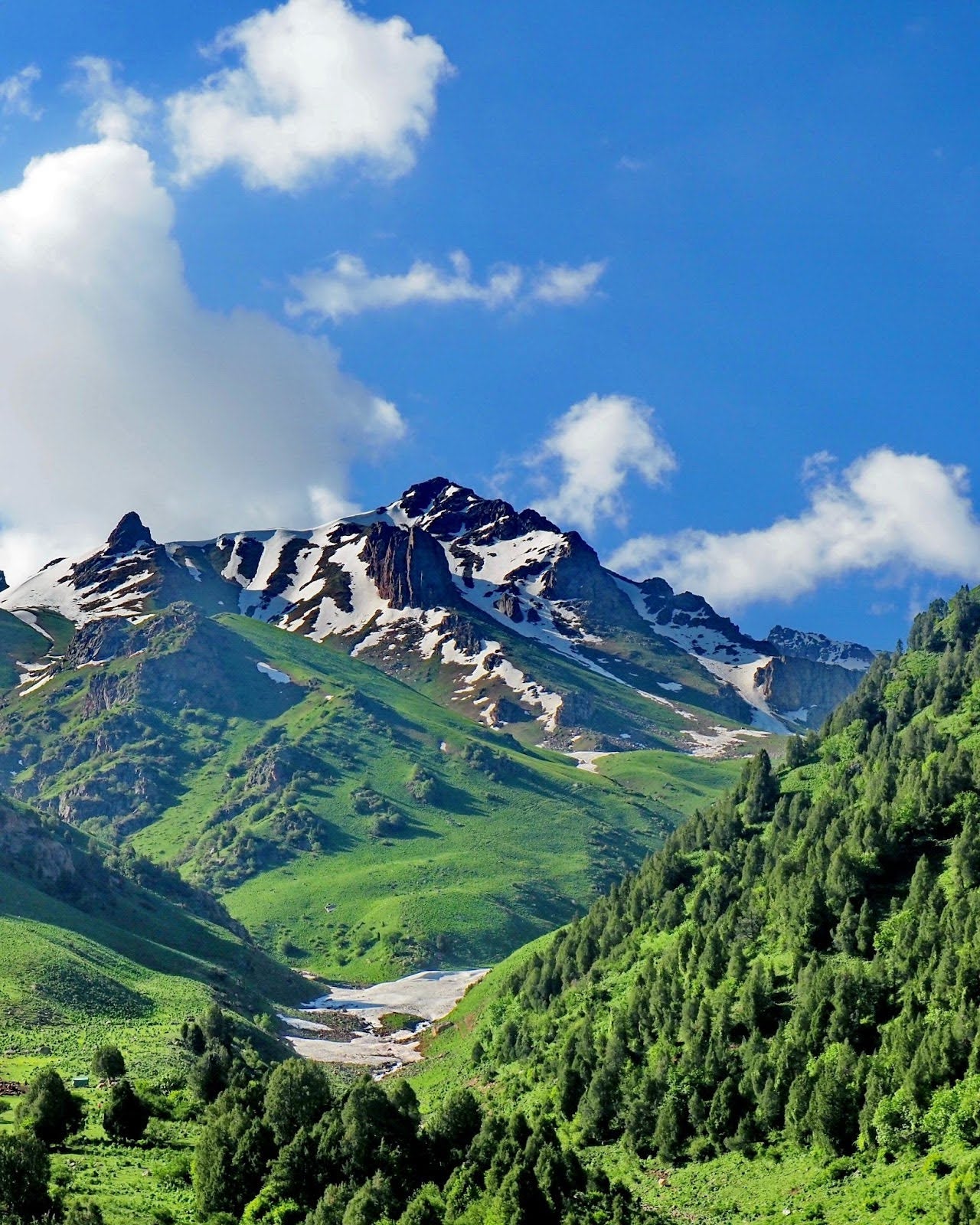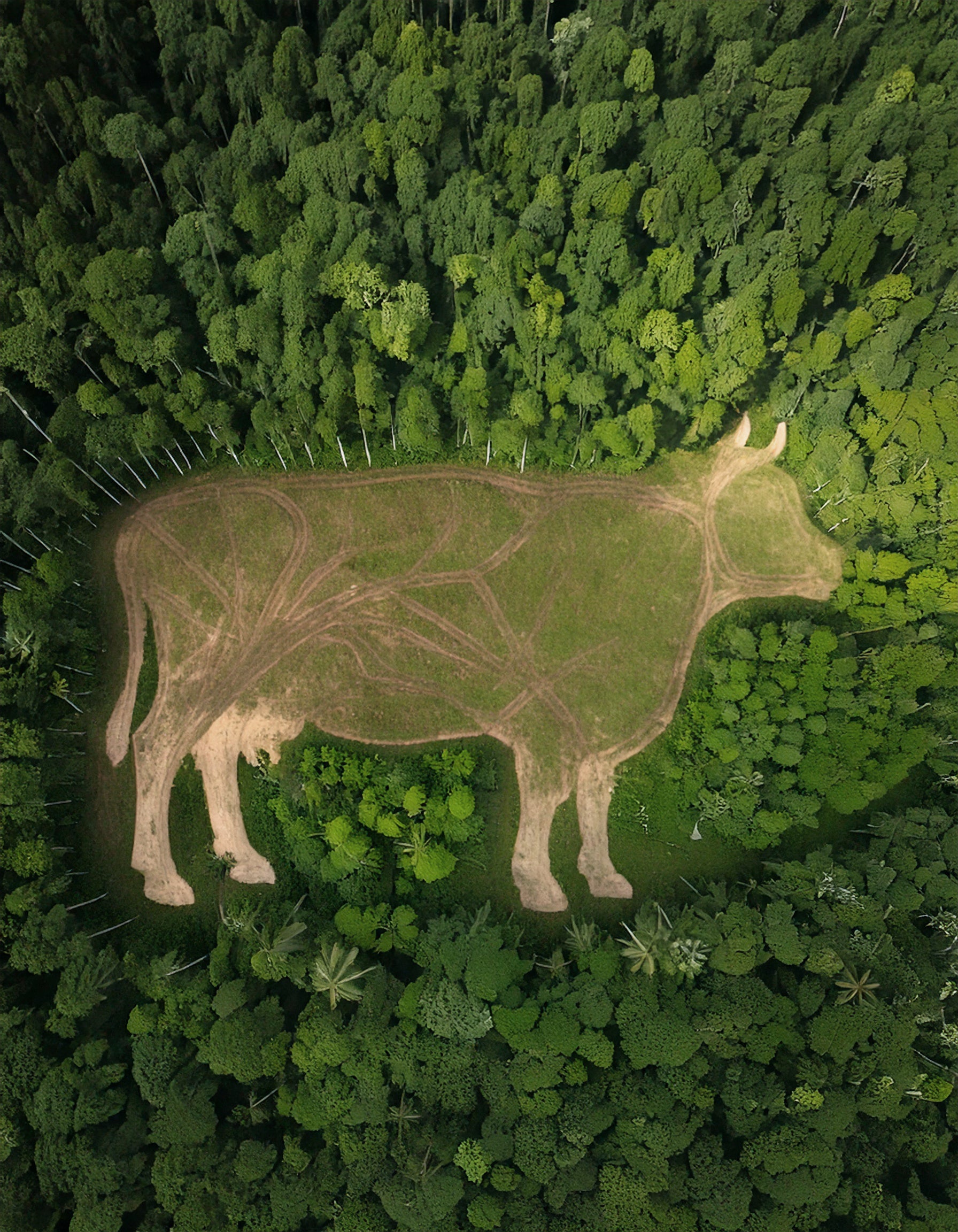California's Santa Monica Mountains National Recreation Area is about to get a rejuvenating makeover—no filter needed. Re:wild and social media company Snap, Inc., are teaming up with the National Park Service—and its committed group of volunteers and interns—to rewild the park by planting 100,000 native trees and plants. The ambitious project, announced today at Snap’s annual Partner Summit, will focus on revitalizing the areas of the park hardest hit by the 2018 Woosley and 2013 Springs fires.
“Rewilding the ecosystems of the hard-hit Santa Monica mountains will not only ensure Los Angeles residents are able to continue to enjoy the wild so close to their home, but will also help provide climate stability, clean air and water; protect wildlife; and prevent fires and drought,” said Penny Langhammer, Re:wild executive vice president. “This is a wonderful model that will make California’s future a little greener—and, if partnerships like this can be developed in other biodiversity hotspots around the world, make our planet’s future a whole lot healthier.”
Santa Monica Mountains National Recreation Area—which is on the ancestral home of the Chumash/Tongva people—is part of the California Floristic Province, just one of 36 Biodiversity Hotspots in the world. These irreplaceable places harbor an exceptional diversity of wildlife, including many species that are rare and found nowhere else on the planet. Researchers estimate that no more than a quarter of the California Floristic Province is still intact after decades of ranching and more recently, drought, development and fires. A mere 10 percent of its riparian forests and wetlands still exist.
The National Park Service recruits college interns and volunteers to help rewild these areas, including students, youth groups, private businesses, and volunteers from low-income and underserved communities in Los Angeles, connecting individuals of different backgrounds with the wild. This particular project will strategically restore a combination of trees and plants—including native grasses, herbs and shrubs—that together can help recreate a healthy ecosystem.
Efforts over the next two years will focus on restoring 74 acres burned by the 2018 Woolsey Fire and 15 acres bordering lands burned by the 2013 Springs Fire. Doing so will restore habitat essential to the integrity of the landscape, improving soil health, limiting the extent of future wildfires, bolstering climate resilience, and creating habitat that will bring more wildlife back to the region. Some of the iconic wildlife in the park includes mountain lions; the vulnerable California red-legged frog; and an endangered sunflower species found nowhere else in the world.
“A really good way to measure the success of restoration is if you start attracting more insects,” said Joseph Algiers, restoration ecologist with the Santa Monica Mountains National Recreation Area. “First you start to see the specialist insects, then the birds come to eat the insects, the birds lay eggs that the snakes eat, and bobcats then come to eat the snakes. Restoration is where all of these relationships can begin again and we are creating this healthy environment so that they can persist thousands of years from now.”
The restoration project—which is the first phase of a broader Rewilding California restoration strategy—also includes rewilding two sites bordering the upcoming 101 Freeway wildlife crossing.
Slated to be the largest wildlife crossing in the world, this habitat corridor will help mountain lions and other wildlife species cross from one part of the landscape to another, a strategy to ensure the population’s long-term survival.
“As a native California company, our team members have experienced firsthand how our landscapes have been ravaged by the rising pressures from climate change—this past year alone we have seen periods of drought, disastrous fires, and unimaginable flooding,” said Ben Schwerin, senior vice president for content and partnerships at Snap Inc. “We are committed to doing our part to revitalize California’s extraordinary biodiversity, which is key to ensuring the ongoing health and wellbeing of Californians—nearly half of which are under the age of 24.”
Later this year Re:wild and Snap, which this week announced its commitment to becoming a carbon-neutral company as part of its larger climate strategy, will launch an educational awareness campaign on Snapchat through original content on Snap’s Discover platform, and augmented reality experiences. The content aims to show the Snap community firsthand how restoration can help reduce the impacts of climate change and biodiversity loss on their local wildlands. In the United States, more than half of Gen Z get their news and information froSnapchat’s Discover platform, and on average more than 200 million Snapchatters engage with the augmented reality content on the platform every day.
“Our partnership with Snap—both in restoring California’s wildlands and on its social platform—is part of Re:wild’s effort to reach new audiences with a new kind of environmental content,” said Arnelle Lozada, Re:wild senior manager of influencer and social engagement. “No single organization or even coalition of organizations can alone build a world in balance with the wild. We need a groundswell of support and that means reaching out to people of different ages and backgrounds where they are, and then giving them the tools to show up as part of the solution.”
For many years, the Santa Monica Mountains sustained the Chumash and Tongva/Gabrielino Indigenous cultures. Sycamore Canyon, which cuts through Rancho Sierra Vista/Satwiwa and Point Mugu State Park within Santa Monica Mountains National Recreation Area, was part of a Chumash trade route. Satwiwa, which means "the bluffs," was the name of a nearby Chumash village. To reflect this heritage, the National Park Service in partnership with the Friends of Satwiwa established the Satwiwa Native American Indian Culture Center and Natural Area.
Re:wild was launched earlier this week by a group of renowned conservation scientists together with founding board member Leonardo DiCaprio to protect and restore the planet. This week’s announcement included Re:wild’s first major commitment: working with the Galápagos National Park Directorate, Island Conservation, and local communities, on a bold initiative to rewild the Galápagos.
# # #
Photo: Native plant restoration at Santa Monica Mountains National Recreation Area’s Rancho Sierra Vista Yerba Mansa wetlands (photo by Connar L'Ecuyer) Re:wild Re:wild protects and restores the wild. We have a singular and powerful focus: the wild as the most effective solution to the interconnected climate, biodiversity and pandemic crises. Founded by a group of renowned conservation scientists together with Leonardo DiCaprio, Re:wild is a force multiplier that brings together Indigenous peoples, local communities, influential leaders, nongovernmental organizations, governments, companies and the public to protect and rewild at the scale and speed we need. Re:wild launched in 2021 combining more than three decades of conservation impact by Leonardo DiCaprio and Global Wildlife Conservation, leveraging expertise, partnerships and platforms to bring new attention, energy and voices together. Our vital work has protected and conserved over 12 million acres benefitting more than 16,000 species in the world’s most irreplaceable places for biodiversity. We don’t need to reinvent the planet. We just need to rewild it—for all wildkind. Learn more atrewild.org.
Snap Inc. Snap Inc. is a camera company. We believe that reinventing the camera represents our greatest opportunity to improve the way people live and communicate. We contribute to human progress by empowering people to express themselves, live in the moment, learn about the world, and have fun together. For more information, visit snap.com.
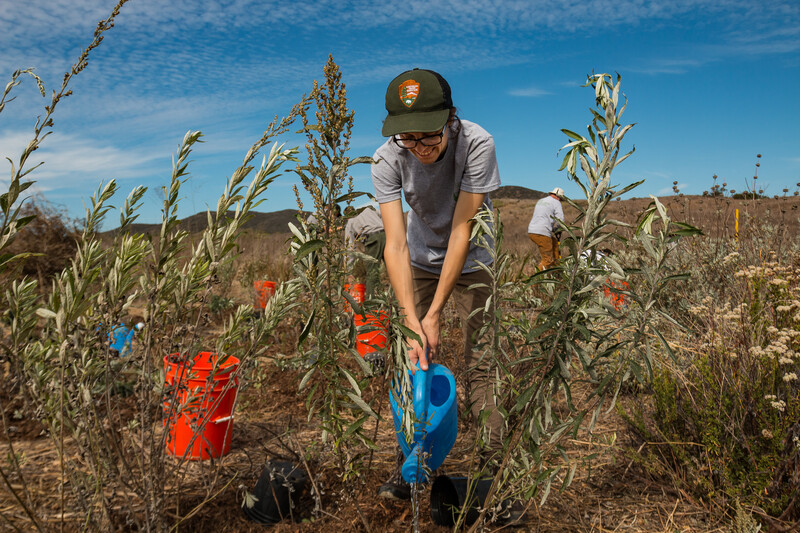

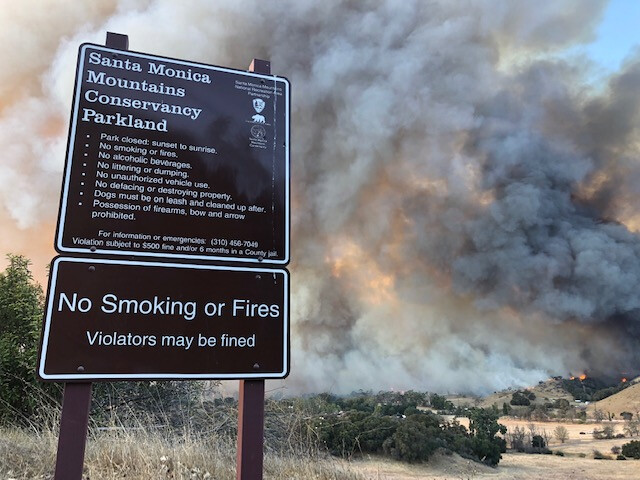

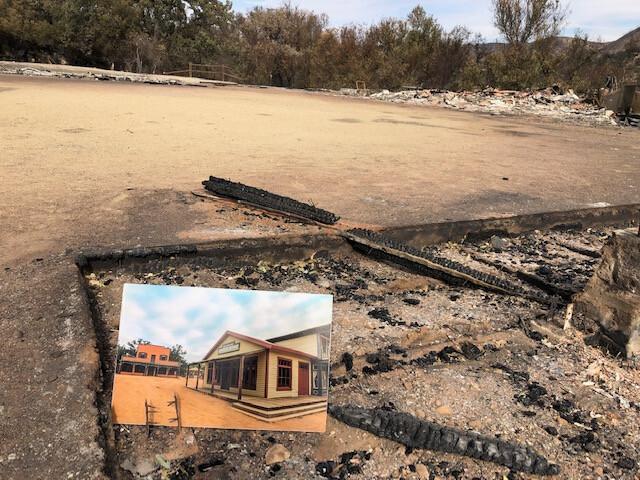






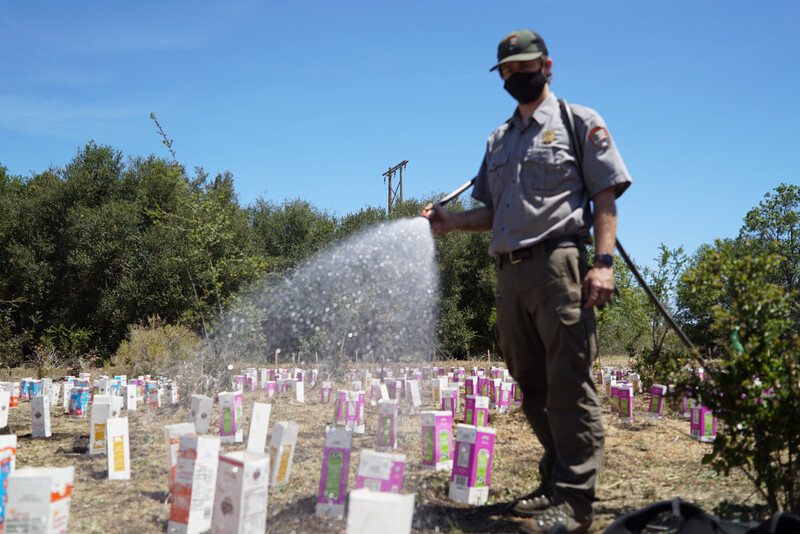


















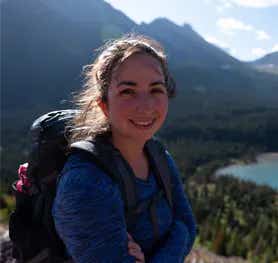
Devin Murphy
Writer
Devin Murphy is Re:wilds’s senior communications specialist and helps Re:wild and its partners tell stories about the work they do to protect wildlife and wildlands around the planet. Her favorite stories about conservation include fascinating and little-known species and the dedicated humans protecting them.
